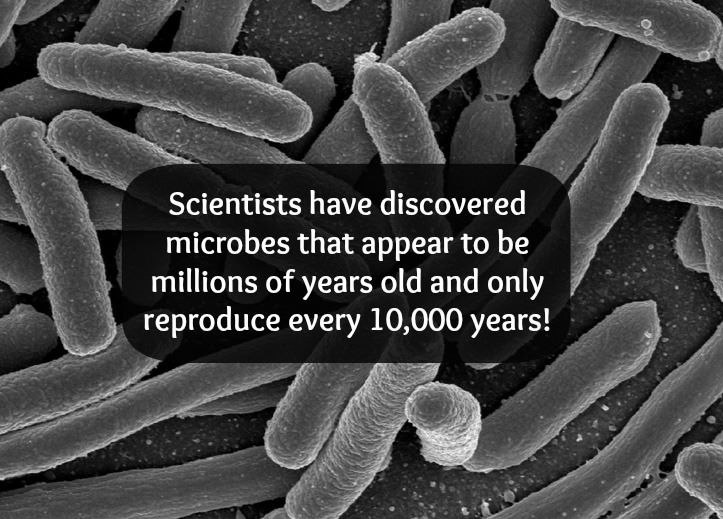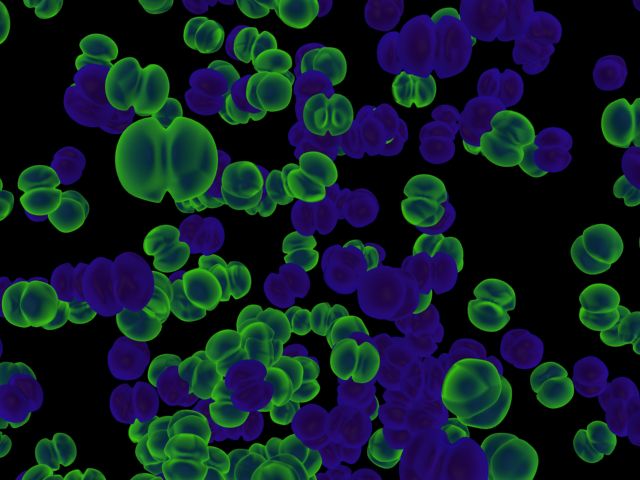

By now, most of us know that we live on a planet that is utterly dominated by microbes. There are billions of microbes (if not trillions) living in a handful of dirt; there are bacteria living in the atmosphere and in the clouds; we know that some microbes can survive in the cold, hostile environments of space, and even our very own (seemingly) familiar bodies are entire microbial worlds in their own right.
Sorry germaphobes (or people with Mysophobia), bacteria outnumber our own cells 10 to 1.
But that’s not all: Researchers have found bacteria, fungi, and viruses living a mile and a half (almost 2.5 km) beneath the ocean floor.
Yes, beneath the ocean floor.
Such specimens, they report, appear to be millions of years old and reproduce only every 10,000 years.
This discovery was initially made by the Integrated Ocean Drilling Program (or IODP for short). The IODP is an international effort with participants from 22 countries. Its goal is to study the history of the ocean basins, which it does by drilling (from the scientific drill ship JOIDES) deep into the ocean floor and retrieving samples of what is found there.
These findings pose several interesting questions.
For example, how are these microorganisms able to find an energy source so far below ground level? This has researchers stumped; however, initial findings suggest that they are able to sustain themselves, in large part, because of their extremely slow metabolism, which allows them to go without for long periods.

Another conundrum presented here is reproduction. In addition to being old, the specimens found in the soil are also few and far between, at least when compared to microorganisms found in soil on the surface of the planet.
The team reports that they found just 10,000 bacteria specimens in a teaspoon-sized sample of dirt retrieved from deep below the ocean floor. That is in stark contrast to—and pales in comparison with—the billions, or even trillions, of bacteria normally found when looking at soil found on land. The same is roughly true with the viruses and fungi they found.
Some of the researchers on the team are not even sure they are willing to classify the organisms as “live” creatures—suggesting they exist in a sort of zombie-like state, a kind of extreme hibernation.
All of the specimens found exist in sediment that is approximately 100 million years old, which suggests that they too may be nearly the same age. Ancient indeed. The team plans to dig deeper to see if even older organisms can be found.
In the end, these findings allow us to marvel at the tenacity of life.